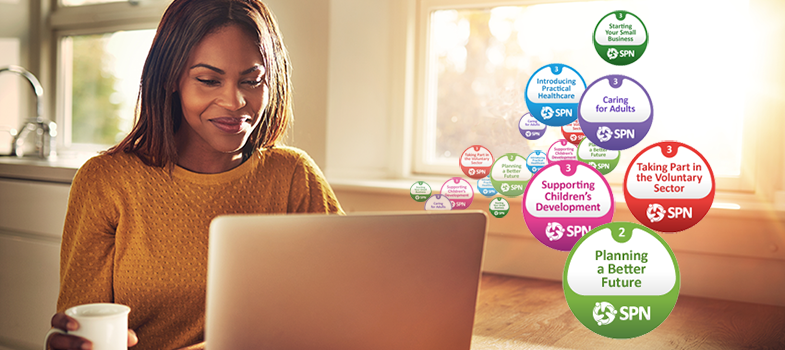Listening to others
All too often, ‘listening’ is not wholly focused on the speaker. At a party your ‘listener’ may be looking over your shoulder to see if there is someone else they want to talk to. In a meeting your colleagues may stop listening because something you have said has started them thinking in more depth. Or you may have said something they disagree with and they are already trying to work out how to argue with you. Or they may simply be looking out for a gap in your talking so that they can make a point they have been waiting for ages to make. They may even be completely uninterested in what you have to say, and planning tonight’s evening meal!
A good listener will ‘listen’ to all aspects of the communication: the words, the tone of voice and the body language. Their attention will be fully on the person speaking and their main purpose will be to fully understand the speaker’s meaning. This sort of active listening is part of demonstrating empathy. A good listener might nod and smile as a way of encouraging the speaker. This is an important skill to exercise if the speaker lacks confidence or experience and needs encouragement, particularly in public meetings. See Box 4 for the key aspects of active listening in different contexts.
Box 4 Active Listening
Demonstrate that you are listening
Use your own body language and gestures to convey your attention. If your arms are folded or you are looking around you or reading your papers, you will not look like you are paying attention.
Show you are actively listening by:
- nodding occasionally
- smiling and other positive facial expressions
- mirroring the other person’s body language
- noting your posture and making sure it is open and inviting
- encouraging the speaker to continue with small verbal comments like 'yes', and 'uh huh'.
Demonstrate that you understand what is being said
As a listener, your role is to understand what is being said. We all have personal filters, assumptions, judgments and beliefs that can distort what we hear.
Show you understand what is being said by:
- reflecting back from time to time on what is being said. Saying something like: ‘What I’m hearing is…’ or ’It sounds like you are saying…’ are good ways to reflect back
- asking questions to clarify. Asking something like: ‘What do you mean when you say…’, ‘Is this what you mean?’ or ‘Can you give me an example of…’ can help
- summarising the speaker’s comments periodically.
Respond appropriately
Active listening is a model for respect and understanding. You are gaining information, perspective and context. You also need to respond appropriately.
What can help is to:
- be candid, open and honest in your response
- assert your opinions respectfully
- treat the other person as he or she (or you!) would want to be treated.
How do people communicate?
